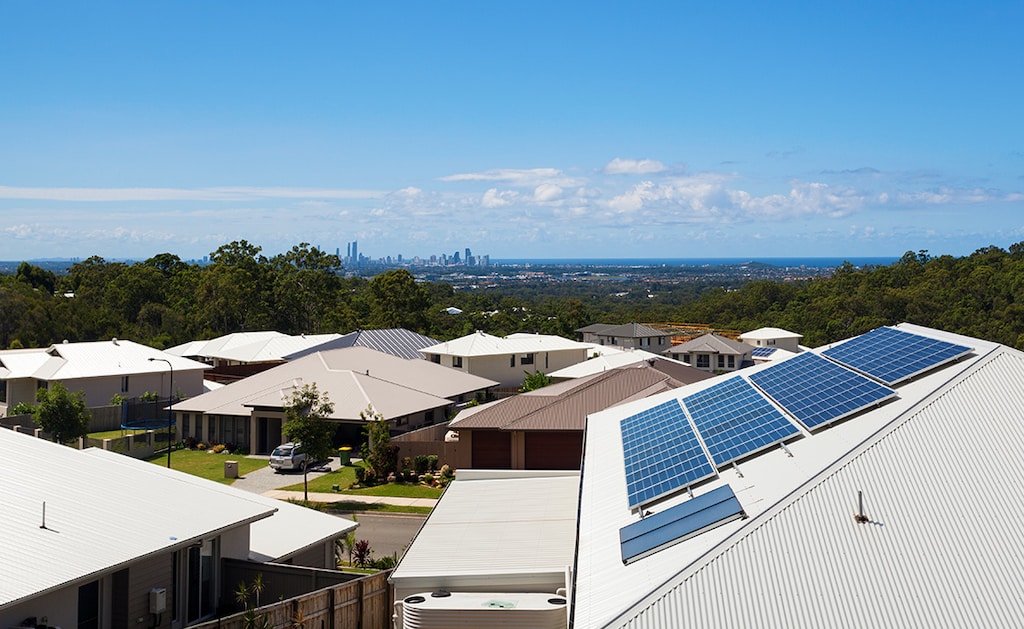The Australian economic outlook for 2018 is the most upbeat in years, with growth trending upwards, according to several measures.
This is largely due to the nation's successful transition from a reliance on mining investment to support growth to a more broad-based, diverse source of economic drivers.
According to the Organisation for Economic Cooperation and Development's (OECD's) November 2017 forecast, domestic conditions will “continue growing at a robust pace."
It notes: “Business investment outside the housing and mining sectors will pick up, with exports boosted as new resource-sector capacity comes on stream. The strengthening labour market and household incomes will sustain private consumption, and inflation and wages will pick up gradually."
On the back of this news, the OECD thinks the Reserve Bank of Australia will start raising the cash rate in the second half of 2018. The cash rate has remained at 1.5% since August 2015. The OECD believes this expectation has already been priced into a cooling housing market.
It wrote, “the fiscal position is sound and the government is committed to gradually close the budget deficit. In the event of an unexpected downturn, fiscal policy should be used to support activity and protect the incomes of the most vulnerable."
The OECD also noted that Australia's lengthy period of low interest rates led to a surge in house prices in major capital cities, contributing to a high level of household debt.
“To contain risks associated with potential large house-price corrections and financial stress, macro-prudential measures should be maintained. Australia is also vulnerable to “too big to fail" risks, due to its highly concentrated banking sector," the OECD report stated.
The view from here
The OECD's views are echoed by the central bank. According to the RBA's latest meeting minutes, “GDP growth [is] expected to increase and average around 3% over the next few years as the drag from mining investment diminishes and export growth continues."
The RBA believes public investment and non-mining business investment is still on the rise, noting, “in the medium term, consumption [is] expected to grow at around its average pace following the financial crisis."
Additionally, building construction is predicted to remain at robust levels through 2018 in light of a large pipeline of already-disclosed housing projects, although this is not forecast to add to the growth outlook.
At the recent Australian Business Economists Annual Dinner, RBA Governor Philip Lowe told the audience the global economy is still coming to terms with 'the new normal' following the financial crisis of 2007 and 2008.
“In a number of countries, low rates of unemployment are coexisting with below-average inflation. Low inflation, in turn, means low interest rates. Many investors judge that this unusual combination of low unemployment and low inflation can persist for quite some time – perhaps, that it is now normal," said Lowe.
“With inflation rates having surprised on the downside for a few years now, there is unusually low compensation for future inflation risk in many financial markets," he said.
Lowe told the audience that, “real income growth for many households has also been unusually slow in many countries. Not surprisingly, these households, including many here in Australia, wonder whether this slow growth in incomes is now the new normal, or whether in time it will pass. Much depends upon the answer to this, including households' appetite and ability to spend and borrow."
Although this may seem dour, in its most recent statement on monetary policy, the RBA's tone was relatively upbeat.
It stated that, “conditions in the global economy are continuing to improve. Labour markets have tightened and further above-trend growth is expected in a number of advanced economies, although uncertainties remain.
“Growth in the Chinese economy is being supported by increased spending on infrastructure and property construction, with the high level of debt continuing to present a medium-term risk. Australia's terms of trade are expected to decline in the period ahead but remain at relatively high levels."
Different perspective
While the OECD and RBA may be optimistic in their forecasts, their perspective is not universally shared.
According to the International Monetary Fund's October 2017 Global Financial Stability Report, high household debt and high house prices make the Australian economy vulnerable to economic downturns, something the OECD also acknowledged.
The report notes that both debt servicing pressures and debt levels in Australia's private non-financial sector are high.
However, the IMF qualified its statement around high household debt levels by noting, “…not all credit booms lead to recessions, it is interesting to compare the credit booms in economies most likely to face payment pressures with past experience … the boom in Australia is similar to the average of past credit booms that did not lead to a financial crisis…"
Nevertheless, it notes, “there is a particularly strong need for financial sector policy vigilance to guard against any further build-up of imbalances."
As this suggests, although there are signs the Australian economy is improving, debt levels and high house prices remain potential risks to an economy still recovering from the mining investment boom.
Key Takeaways
- The Reserve Bank of Australia expects economic growth of 3% to persist into 2018.
- The OECD says business investment is forecast to rise, except in the mining and housing sectors.
- RBA Governor Philip Lowe says the key to future growth depends on whether real wages rise in Australia and around the world.



